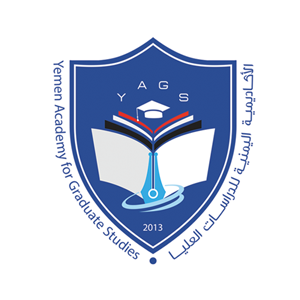This study aimed to investigate strategies used in translating published reports of the World Food Program WFP and their impact on the accuracy and acceptability of translation. The study adopted Mona Baker’s taxonomy of translation strategies (2011) and Nababan’s model (2012) to render the meaning and assess the quality of translation and strategies used in the translated WFP reports. The study followed the descriptive approach, with a combination of qualitative and quantitative research methods to categorize translation strategies used and evaluate the quality of translation of the WFP reports in terms of accuracy and acceptability. The data was collected randomly from the Yemen official WFP websites using a checklist of sampled extracts of source text and target text. Following the data analysis, the study revealed that the most frequently used strategies were respectively paraphrasing using related words (41%), neutral (24%), cultural substitution (9%), and omission strategies (8%). However, the illustration strategy was not used, and the least frequently used translation strategies were paraphrasing using unrelated words, superordinate and loan words, along with explanation strategies (6%). The analysis of accuracy showed that (70%) of the WFP translated texts were deemed highly accurate, (21%) were less accurate, while only (9%) were inaccurate. Similarly, the results showed that (77%) of the WFP translated texts were regarded as highly acceptable, (17%) were less culturally acceptable, while only (6%) were totally unacceptable. The study revealed that the choice of paraphrasing with related words, neutral, cultural substitution, and subordinate translation strategies led to a relatively high accuracy by (75%) and acceptability by (80%). On the contrary, the choice of translation by paraphrasing with unrelated words, loan words, and omission strategies often caused significant violations of the source text and compromised the cultural acceptability of the target text. The study showed evidence of a strong relation between the translation strategy and the quality of translation outcomes, which is completely consistent with the previous studies.




